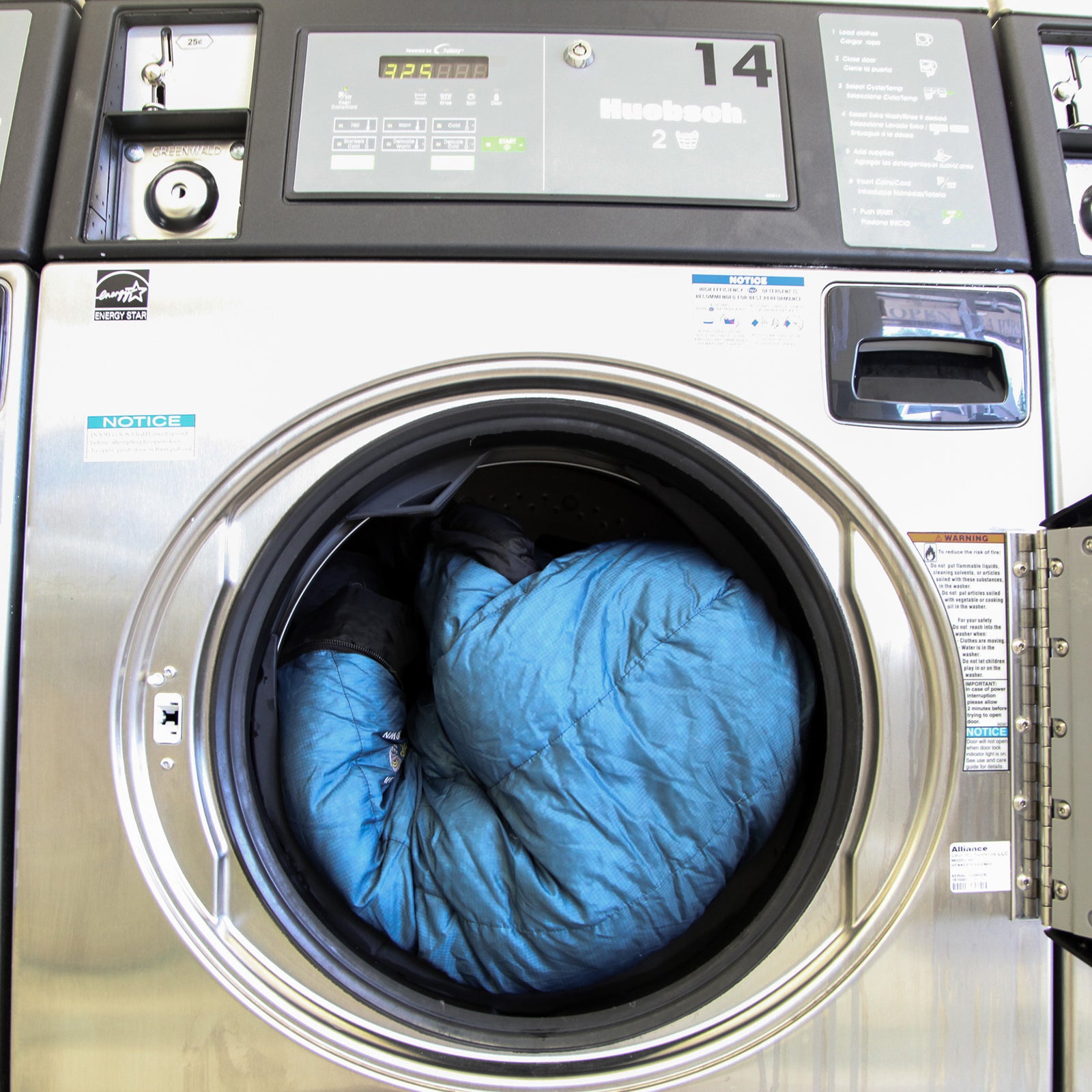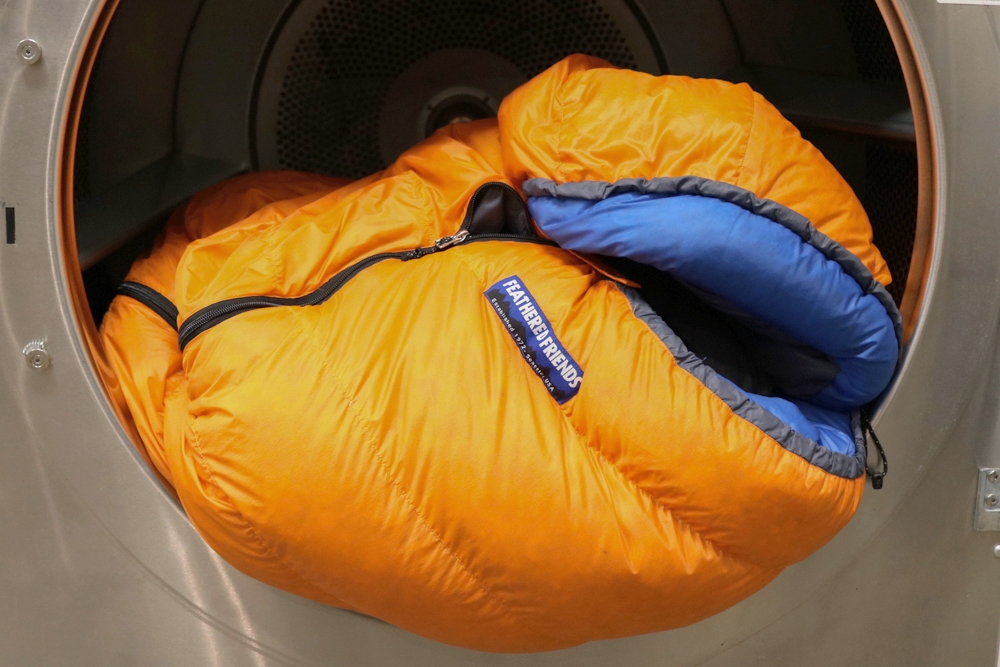As passionate outdoor enthusiasts, we rely on our sleeping bags to provide us with the comfort, warmth, and rejuvenating sleep we need to power our adventures. However, over time, these essential pieces of gear can accumulate dirt, sweat, and other unwanted buildup, compromising their performance and potentially affecting the quality of our rest.
Contrary to the common belief that sleeping bags should never be washed, we’re here to dispel this myth and provide you with a comprehensive guide on the art of washing sleeping bags. By understanding the right techniques and precautions, you can breathe new life into your trusty companion, ensuring it remains a reliable and comfortable companion for many more outdoor excursions to come.
Introduction
Washing a sleeping bag properly extends its life and maintains its warmth. Learn how to clean your sleeping bag correctly to ensure it stays cozy and fresh for many adventures.
Pre-Wash Considerations
Assessing Your Sleeping Bag’s Material
Before washing, check the label. Not all sleeping bags are the same.
Deciphering Care Tags
Care tags provide essential information. Follow them to avoid damage.
Spot Cleaning for Minor Soiling
Sometimes, a full wash isn’t necessary. Spot clean to remove small stains.
DIY Spot Treatment Solutions
Use mild soap for spot cleaning. It’s gentle and effective.
Washing Sleeping Bags
Choosing the Right Detergent
Always choose a cleaner appropriate for sleeping bags. Harsh chemicals can ruin the insulation.
Specialized Sleeping Bag Cleaners
Sleeping bag detergents are formulated for care. They help preserve the bag’s materials.
Hand Washing Method
Hand washing is gentle and safe. It prevents the wear and tear that machines may cause.
Steps for Hand Washing
Submerge the bag in a bathtub with cool water. Use a gentle kneading motion to clean.
Machine Washing Technique
Machine washing can be done. Use a front-loading washer.
Settings and Cycle Details
Select a delicate cycle with cold water. Avoid spin cycles that can strain the fabric.
Post-Wash Care
Proper Drying Techniques
Dry your sleeping bag thoroughly. Mold and odor can develop if it’s stored damp.
Using a Dryer
If you use a dryer, pick a low heat setting. Toss in a few tennis balls to help fluff the filling.
Air Drying Tips
Air drying is the safest choice. It ensures no heat damage.
Ideal Conditions for Air Drying
Find a shaded area with good airflow. Make sure the bag is fully expanded.
Storage Solutions for Sleeping Bags
Storing Clean Sleeping Bags
Store your bag properly to keep it in great shape. A loose storage sack allows insulation to breathe.
Avoiding Compression
Don’t store your bag compressed. Over time, this can damage the fill.
Keeping it Cozy: A Guide to Washing Sleeping Bags
Your trusty sleeping bag is your companion on outdoor adventures, providing warmth and comfort under the stars. However, after several camping trips and nights spent outdoors, your sleeping bag can accumulate dirt, sweat, and odors. Regular cleaning is essential to maintain its performance and ensure a good night’s sleep. But how do you wash a sleeping bag properly without damaging its delicate materials and insulation?
Understanding Sleeping Bag Materials and Insulation
Before diving into the washing process, it’s important to understand the two main components of a sleeping bag: the outer shell and the insulation.
- Outer shell: Typically made from nylon or polyester, the outer shell protects the insulation and provides water resistance.
- Insulation: Responsible for trapping heat and keeping you warm, insulation can be either down or synthetic. Down insulation offers excellent warmth-to-weight ratio but requires more delicate care. Synthetic insulation is more durable and easier to clean but may be bulkier.

Washing Your Sleeping Bag: Step-by-Step
The washing process for your sleeping bag will vary slightly depending on the type of insulation and the specific care instructions provided by the manufacturer. However, here’s a general guide:
Preparation:
- Check the label: Always refer to the care label on your sleeping bag for specific washing instructions and recommended cleaning products.
- Empty the bag: Remove any loose dirt, debris, or personal items from the sleeping bag.
- Pre-treat stains: For any noticeable stains, pre-treat them with a gentle stain remover or mild soap.
Washing:
- Front-loading washer: It’s crucial to use a front-loading washing machine, as the agitator in top-loading machines can damage the sleeping bag’s insulation.
- Gentle cycle: Select a gentle or delicate cycle with cold or lukewarm water.
- Down-specific soap: For down sleeping bags, use a down-specific soap or a mild, non-detergent soap to avoid stripping the down’s natural oils. For synthetic bags, a gentle detergent is suitable.
- Extra rinse: Run an additional rinse cycle to ensure all soap residue is removed.
Drying:
- Low heat setting: Tumble dry on low heat for several hours. High heat can damage the fabric and insulation.
- Tennis balls: Adding clean tennis balls to the dryer can help break up clumps of down and ensure even drying.
- Air drying: Alternatively, you can air dry your sleeping bag by laying it flat on a clean surface or hanging it over a clothesline in a well-ventilated area. Avoid direct sunlight, which can fade the fabric.

Additional Tips for Sleeping Bag Care
- Spot cleaning: For minor stains or spills, spot cleaning with a damp cloth and mild soap can be effective.
- Regular airing: Air out your sleeping bag after each use to remove moisture and prevent odors.
- Storage: Store your sleeping bag loosely in a large cotton or mesh storage sack to allow for air circulation and prevent compression of the insulation.
- Professional cleaning: For heavily soiled sleeping bags or those requiring special care, consider professional cleaning services specializing in outdoor gear.
Conclusion
Properly washed sleeping bags provide comfortable rest on your journeys. With this guide, hand or machine wash your bedding with ease, ensuring it remains a long-term companion under the stars. Knowing how to wash your sleeping bag properly is essential for maintaining its performance and longevity. By following these guidelines and considering your sleeping bag’s specific materials and care instructions, you can ensure your cozy companion remains clean, fresh, and ready for your next outdoor adventure. So, keep it clean, and sleep soundly under the stars!
